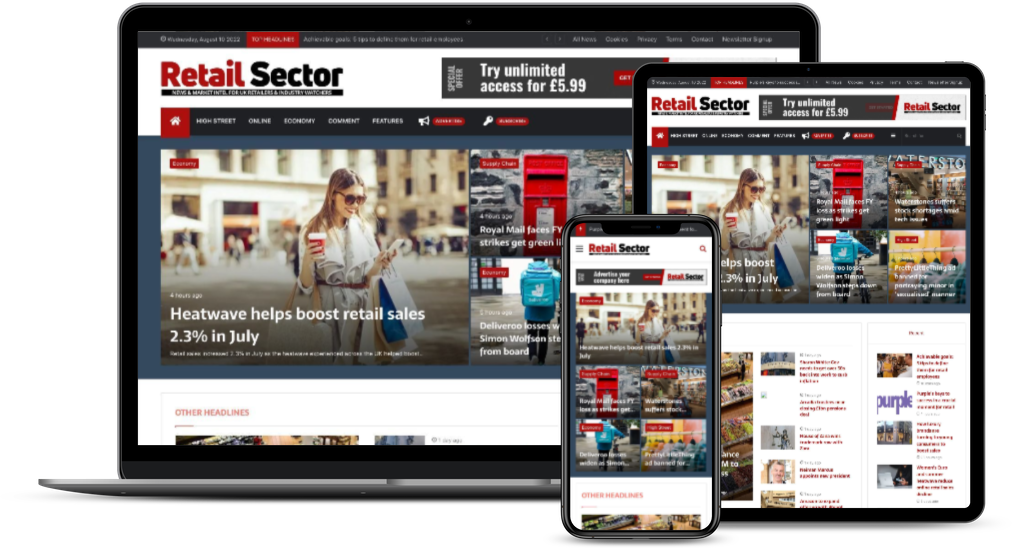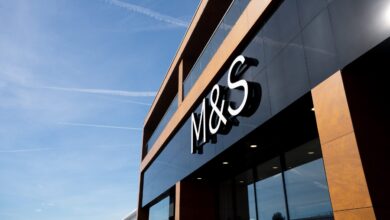How the theory of evolution will be the difference-maker for retailers

An estimated 9,500 retail shops are due to close this year and according to The Centre for Retail Research, 20,000 store jobs are set to disappear by 2020 – on top of the 150,000 that have gone since 2016. And that’s just in the UK.







